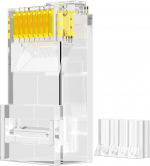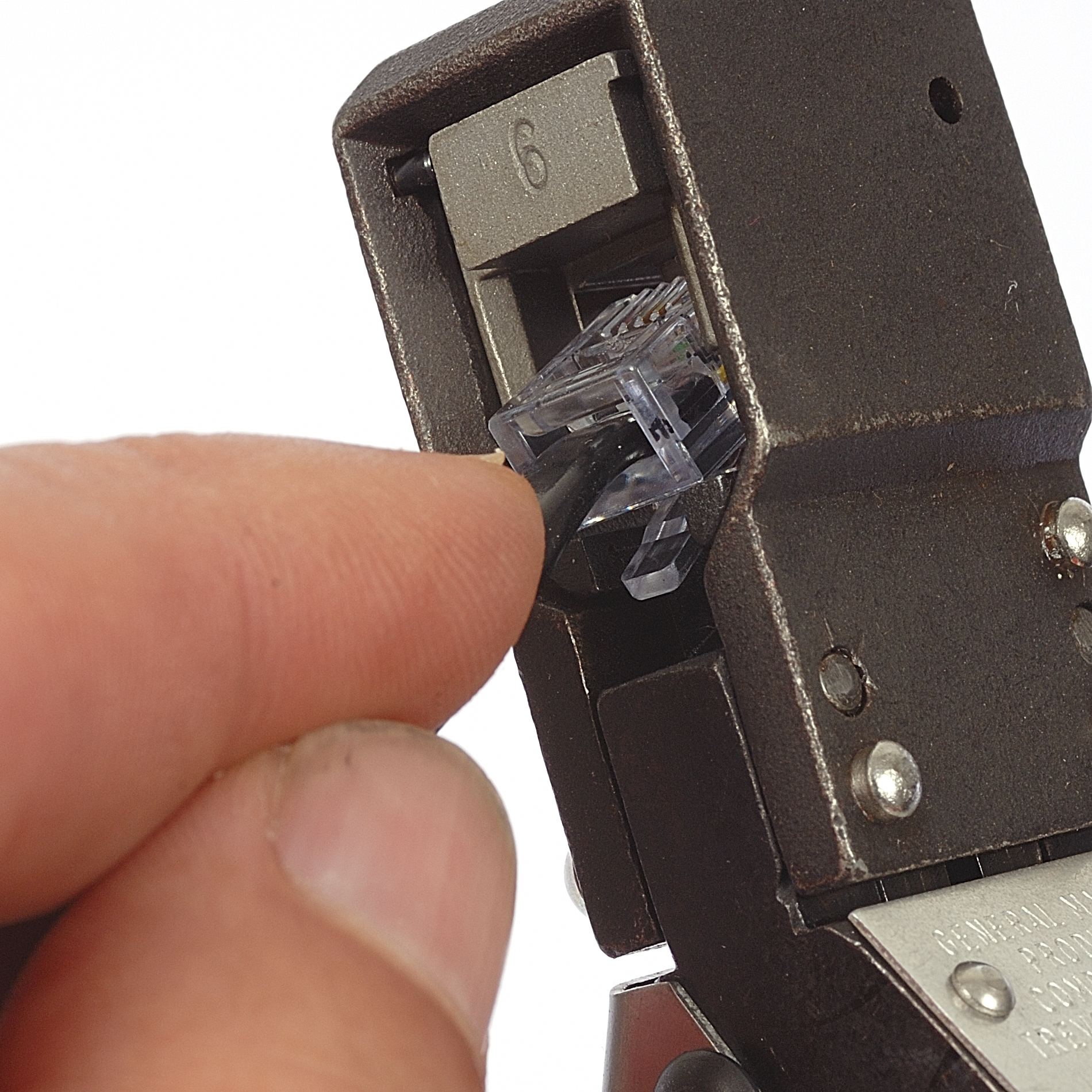TwoBlocked
Senior Member
- Location
- Bradford County, PA
- Occupation
- Industrial Electrician
Have you personally had issues with the Ideal brand?Hi i believe You are experiencing compatibility issues with your Ideal RJ-45 connectors despite them testing fine with your Klein Scout Jr 2.This can be frustrating especially when some devices don't work.Consider trying connectors from Leviton or Panduit which are highly regarded for their quality and reliability.



